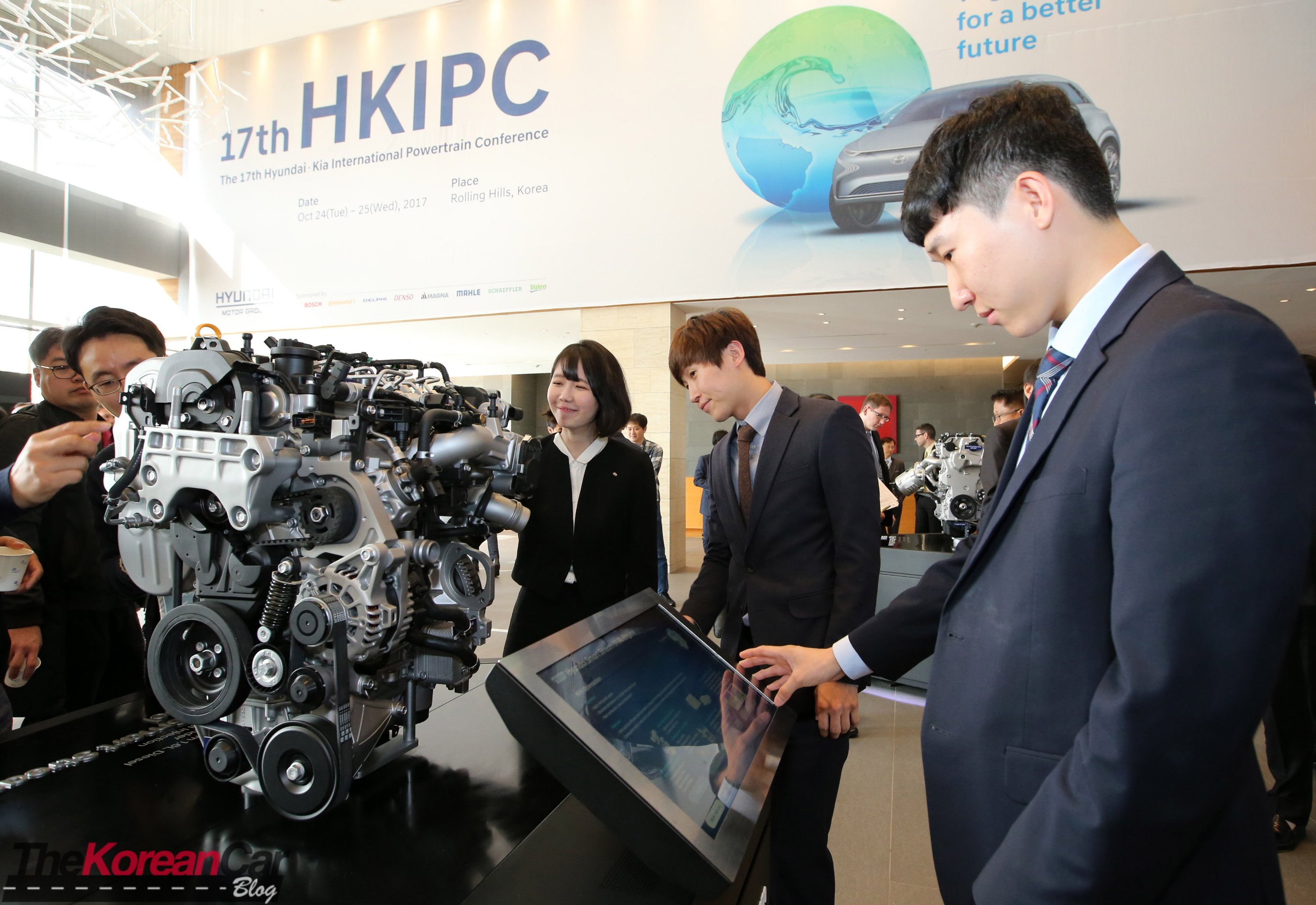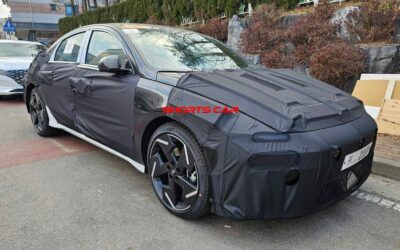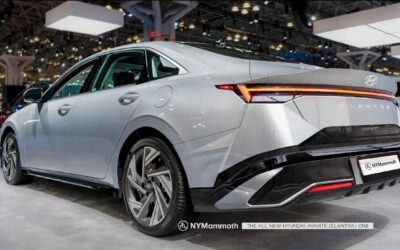
Hyundai Motor Group has outlined its future powertrain development strategy, at its International Powertrain Conference in Korea today.
[ads id=”0″ style=”float:left;padding:6px;”]More than 1,200 engineers and academics from world leading powertrain companies are participating in the two-day event, which features presentations exploring the core theme ‘Knock the Limit of Powertrain Technologies: To Enhance Value for Customers’.
At the conference, Hyundai Motor Group is displaying the first four engines and two transmissions from its forthcoming line-up of new ‘Smart Stream’ powertrains. The Smart Stream technology incorporates a number of advanced technologies that will help Hyundai Motor Group meet its long-term global emissions goals.
Developed by Hyundai Motor Group’s award-winning engineers, the Smart Stream powertrains deliver improved fuel economy and reduced exhaust emissions. Beginning with the introduction of 1.6-liter petrol and diesel Smart Stream engines, the technology will eventually be available for all Hyundai Motor Group vehicles. The improvements will enhance petrol and diesel engine efficiency, alongside the development of new plug-in hybrid and electric powertrains, plus the company’s next-generation Fuel Cell Electric Vehicle (FCEV).
Smart Stream: Next generation powertrain
First introduced at the 2017 Frankfurt International Motor Show, the Smart Stream powertrains will allow Hyundai Motor Group to respond to global changes in environmental regulation and meet customer demand for fun-to-drive cars. The word ‘Smart’ implies being smart in design, control, and operation, while ‘Stream’ refers to dynamic movement of mobility.
The next-generation Smart Stream technology optimizes the existing powertrain structure, with engine components reduced in size and weight to enhance fuel efficiency. With the advanced combustion techniques of Smart Stream engines, Hyundai Motor Group aims to maximize thermal efficiency by up to 50% in the future.
Among the Smart Stream technology presented at the International Powertrain Conference is the first commercial application of Continuously Variable Valve Duration (CVVD) technology. In the Smart Stream G 1.6 turbo engine, the opening and closing of the cylinder valve is timed to best respond to various driving modes, such as eco-driving or dynamic driving.
Other new technology includes the Smart Stream eight-speed wet Dual-Clutch Transmission (DCT). Unlike conventional automatic transmissions, the dual-clutch system enables optimal shift response, with the eight-speed gearing and high-efficient hydraulic system delivering both faster acceleration performance and excellent fuel economy at the same time.
By 2022, Hyundai Motor Group aims to develop an all-new Smart Stream powertrain line-up composed of 10 gasoline engines, six diesel engines, and six transmissions.
Key strategy for 2025
[ads id=”0″ style=”float:left;padding:6px;”]At the International Powertrain Conference, Hyundai Motor Group underlined its belief that the internal combustion engine will maintain a strong presence in the market until 2025, as plug-in hybrid and electric powertrains start to receive wider acceptance. To respond to diversifying market needs, Hyundai Motor Group will produce a greater proportion of electric, fuel cell, and plug-in hybrid powertrains – all alongside its highly efficient new Smart Stream internal combustion engines.
This shift to produce more alternative powertrains is coupled with plans to enhance battery capacity and increase the electric-only range capabilities of its electric models, delivering greater value to customers.
Fuel Cell Electric Vehicle (FCEV): Pioneering technology
With its new Smart Stream powertrains, Hyundai Motor Group also aims to build on its leadership position in advanced propulsion technology. While maintaining focus on improving the efficiency of its internal combustion engines is important, Hyundai Motor Group will continue to lead the industry in Fuel Cell Electric Vehicles (FCEV), by investing in the development of its next-generation hydrogen powertrain.
The next FCEV from Hyundai Motor Group will have a driving range of 800km, a maximum power output of 163PS, and the largest hydrogen storage density of any Fuel Cell vehicle on the market.
Leading through experience
[ads id=”0″ style=”float:left;padding:6px;”]As a pioneer in the development of low-emission powertrains, Hyundai Motor Group can call on past experiences as it shapes its future strategy for sustainable mobility. The 1.6 Gamma engine, first introduced in 2006, the Tau V8 and the 1.4 Kappa powertrains – both first used in 2008 – each represent a significant leap in powertrain engineering in the automotive industry.
More recently, the ix35 Fuel Cell (2013), IONIQ Plug-in Hybrid and Electric powertrains used in the 2016 IONIQ and Sonata models represented key advances in alternative-fuel engineering. Drawing on this extensive experience, Hyundai Motor Group will introduce 31 eco-friendly models to the global market by 2020.





